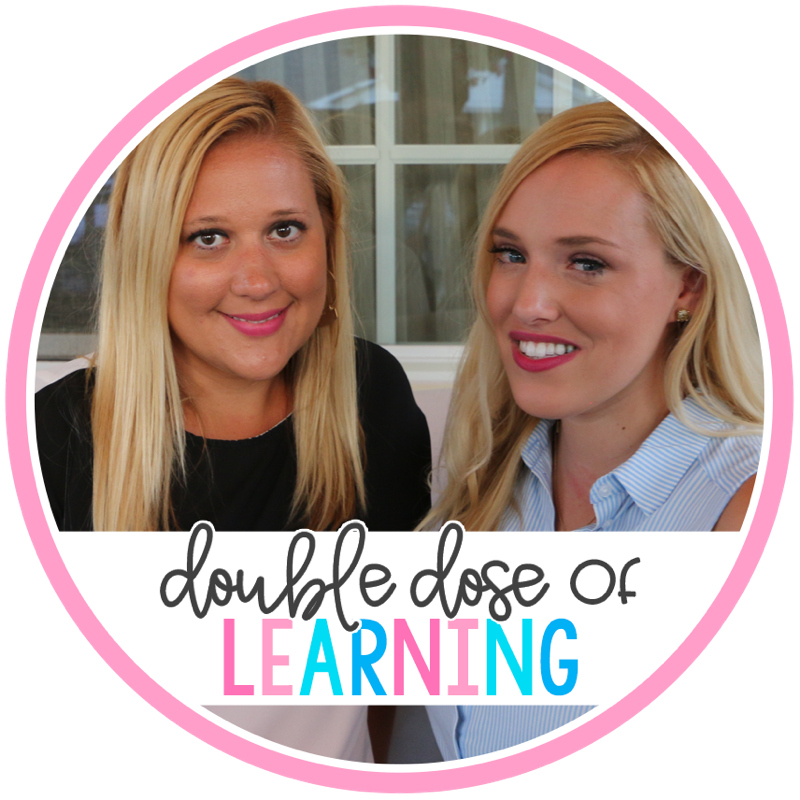As teachers we all strive to make our classrooms accessible and welcoming for all of our students. One way of ensuring this is providing appropriate sensory stimulation. In our experience working in SPED, we love incorporating sensory tools into the classroom. Today we are sharing 5 sensory tools we love using in the classroom.
Some products shared in this post contain affiliate links. With no additional cost to you, this allows us to make a small commission if you purchase a product through our link and helps support Double Dose of Learning.
Benefits of Sensory Stimulation
Sensory stimulation has many benefits for students with autism, anxiety and ADHD. It can be an effective learning tool that engages all parts of the child’s brain. It helps with cognitive, emotional, physical, social and communication development.
For children with autism, engaging in sensory activities can retrain the brain’s response to sensory information which promotes feelings of calm and well-being. Other health benefits include increased focus and attention after use as well as lowering stress.
Top Sensory Tools for the Classroom
- Bubble Wall – We are currently getting this for our classroom and we CANNOT wait! This Bubble Wall can last for years and is a great start to creating a calming corner. We did a lot of research and this brand is the best for the price. Play Learn has a great website full of sensory tools for the classroom, however it was actually less expensive on Amazon!
- Fluorescent Light Covers – Many people with autism experience hypersensitivity to bring lights or certain light wavelengths. This can result in sensory avoidance – trying to get away from stimuli that most people can easily tune out. These fluorescent light covers offer softer lighting to create a calmer environment allowing for improved focus. Softer lighting decreases distraction and focus and improves the overall environment for children with autism, ADHD and sensory processing disorders.
- Squishy Light Up Fidgets – We found these in the Target dollar spot and immediately fell in love! In our classroom we use them as reinforcers for working or depending on the student we may allow the child to use one while they work. Handling a squishy toy can stimulate the production of dopamine in the brain. Dopamine floods the reward and pleasure centers of the brain which can improve student outcomes especially if a task or activity is deemed stressful or exhausting by the student.
- Crayola Model Magic – We love using this as an alternative to Play-Doh. It is clean, soft, pliable, and doesn’t dry out as quickly! We use it in class to form letters and numbers and press letter blocks into it to spell names and sight words. You can put it on the parent supply list to have an ample supply for the year!
- Water Beads – Water beads are perfect for your tactile sensory kiddos! You can easily purchase one bottle to last the entire year. We use these as part of our built in sensory time as well as a station during Fine Motor Friday. The water beads are such a hit in our classroom that they are used as a reinforcer with some students! Win-Win!
Teacher Tip: Water beads can get slimy after around a week. To make it easy, we like to make a container of water beads for each student on Monday. By Tuesday morning they are full and ready to go. Before we leave for the weekend, we dump them out so we don’t have to worry about them getting slimy.
Do you have a favorite sensory tool that we missed? Let us know in the comments below!
Check out other teaching tips here:
5 ways to prep for Special Education to save time… and your sanity!
7 Tips for Working with Paraprofessionals
5 Tips for Working with Tough Kids that you didn’t learn in school






